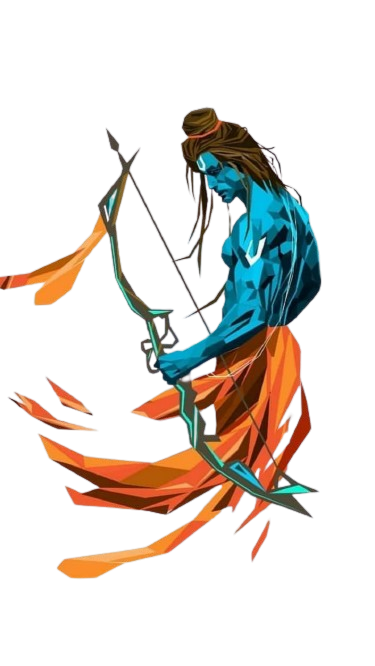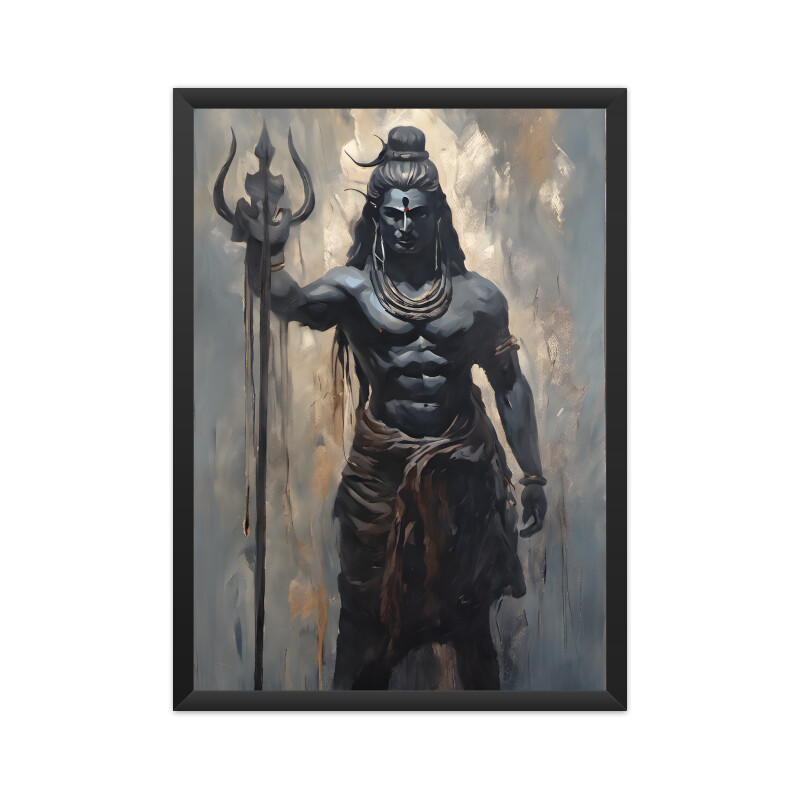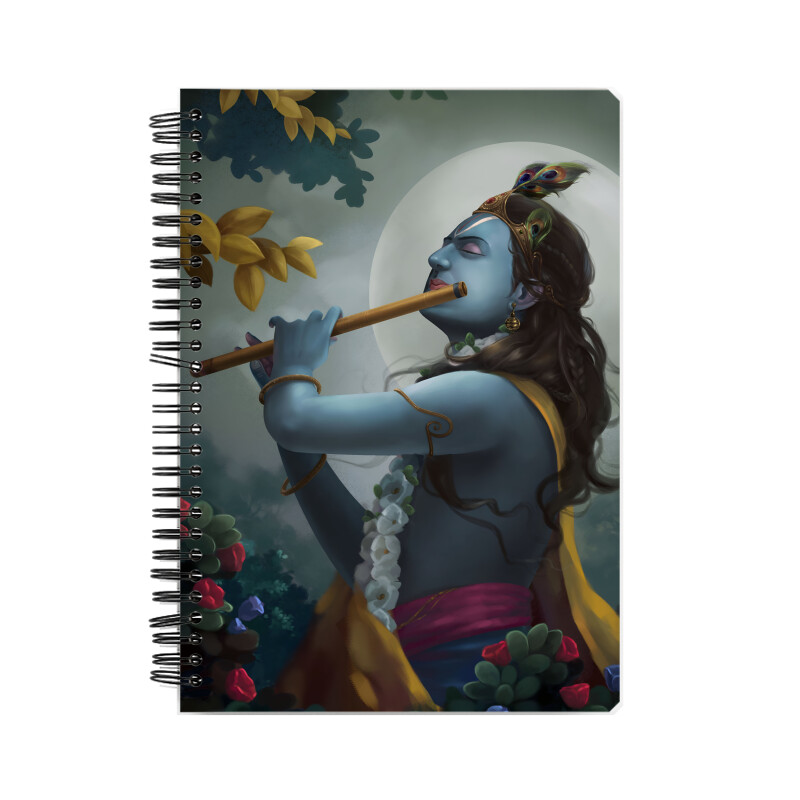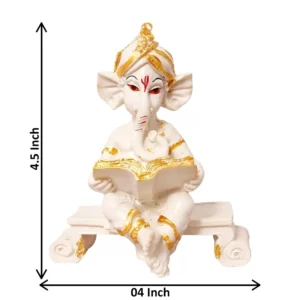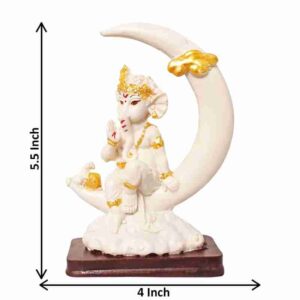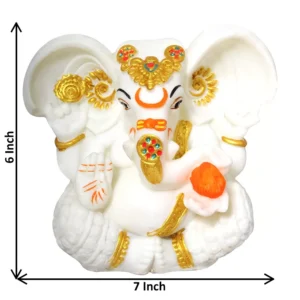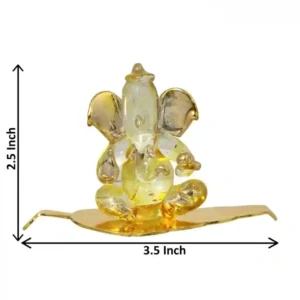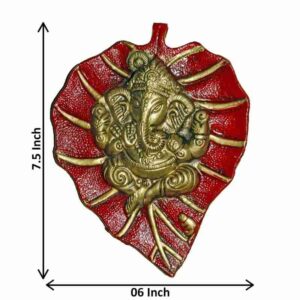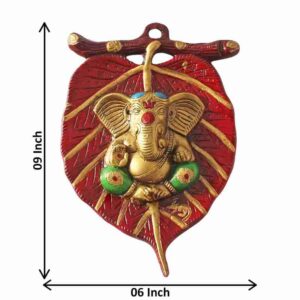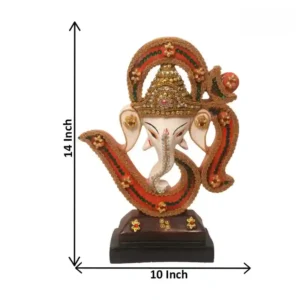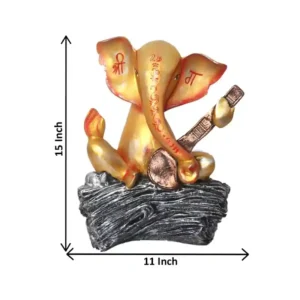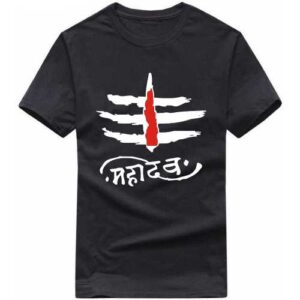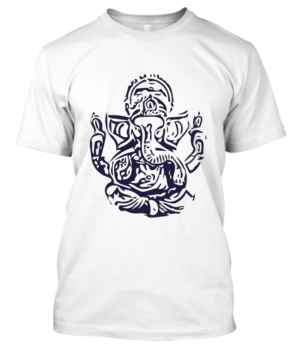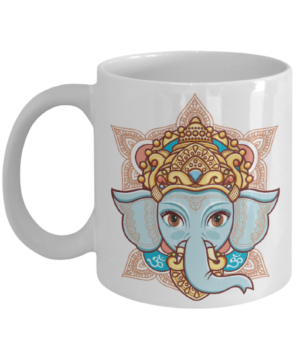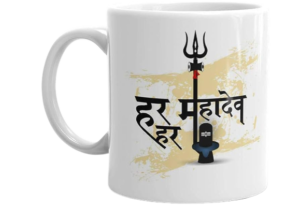



Our latest items
Significance Of Ramsetu
According to Hindu scriptures, particularly the ancient Indian epic Ramayana, Ram Setu is associated with the legendary tale of Lord Rama, the seventh incarnation of Lord Vishnu, and his quest to rescue his wife Sita from the demon king Ravana. The story goes that Lord Rama, along with his devoted monkey army led by Hanuman, constructed this bridge to reach Lanka (modern-day Sri Lanka) and rescue Sita.

Construction
The construction of Ram Setu is believed to have taken place around 5000 years ago, and the epic describes how the army of monkeys, under the guidance of the monkey-god Hanuman, built the bridge with floating stones.

Scientific
The geological formation of Ram Setu has been a subject of scientific debate. Some argue that it is a natural formation resulting from sedimentation and coral reefs over time, while others believe in the more mystic narrative of its divine construction.

Cultural
RamSetu’s cultural importance extends beyond its religious significance, serving as a symbol of unity and shared heritage for people in India and Sri Lanka. The story of Lord Rama resonates with a vast and diverse population.
The Holy Trinity (Trimurty)
The Hindu Trimurti refers to the triumvirate of major deities in Hinduism, consisting of Brahma, the creator, Vishnu, the preserver, and Shiva, the destroyer. Together, they symbolize the cyclical nature of existence, embodying the processes of creation, preservation, and dissolution in the cosmic order.
In the rich tapestry of Hindu mythology, Brahma stands as a fundamental deity revered as the creator of the universe. Depicted with four heads, each facing a cardinal direction, Brahma’s multiple heads signify his vast knowledge and omnipresence. He is often shown seated on a lotus, signifying purity and detachment from the material world. The four Vedas, the sacred texts of Hinduism, are believed to have originated from his four mouths.
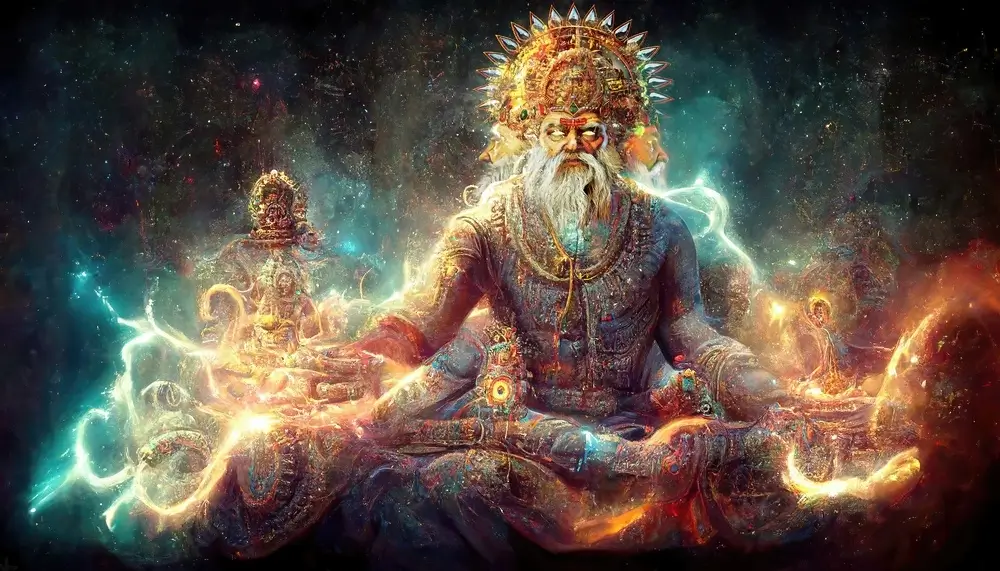

In the pantheon of Hindu deities, Vishnu holds a position of immense reverence as the preserver and protector of the universe. Depicted with a serene countenance and often portrayed in various avatars (incarnations), Vishnu embodies the idea of divine intervention to restore cosmic order whenever it is disrupted. His ten principal avatars, which include well-known figures like Rama and Krishna, manifest to guide humanity and thwart evil forces.
Within the intricate tapestry of Hinduism, Lord Shiva commands profound veneration as the embodiment of paradoxes – the destructive force that paves the way for creation and transformation. Often depicted with ash smeared across his body, a serpent around his neck, and a third eye on his forehead, Shiva’s appearance symbolizes his transcendence beyond ordinary reality. He dances the cosmic dance of Tandava, representing both destruction and creation, chaos and harmony.
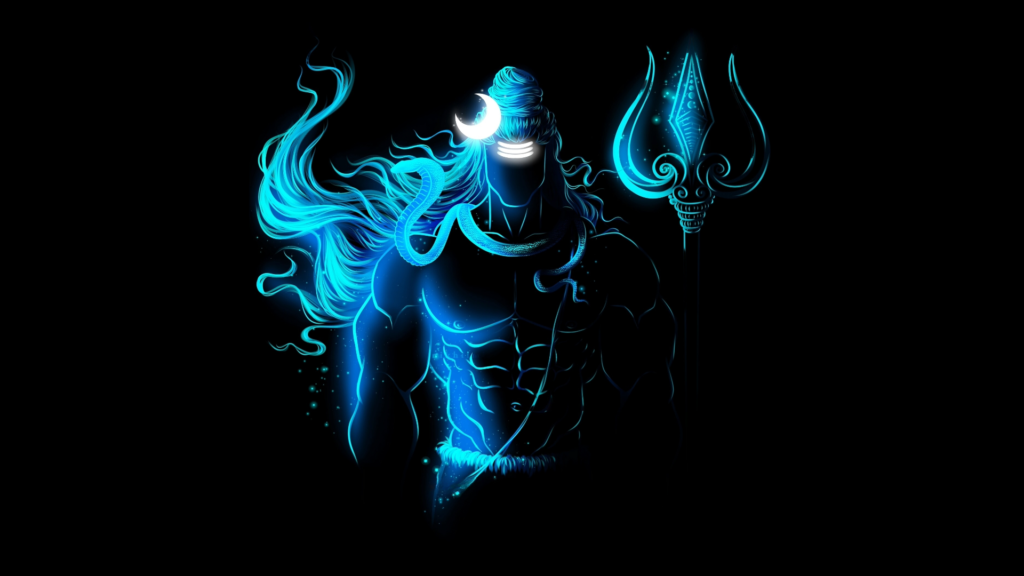
Offer of the week!
Outdoor essentials from legendary designer Tom Woo available at 25% off for one week only. Don't miss out on this incredible deal!
